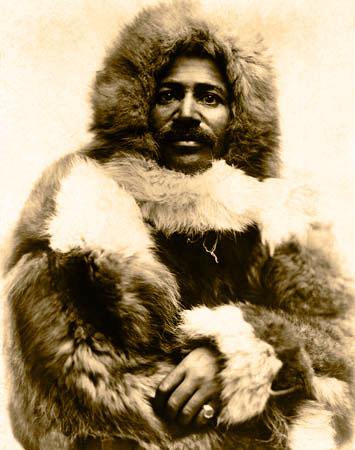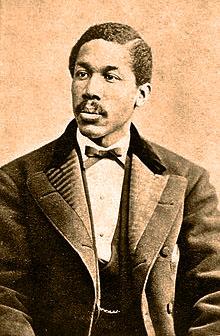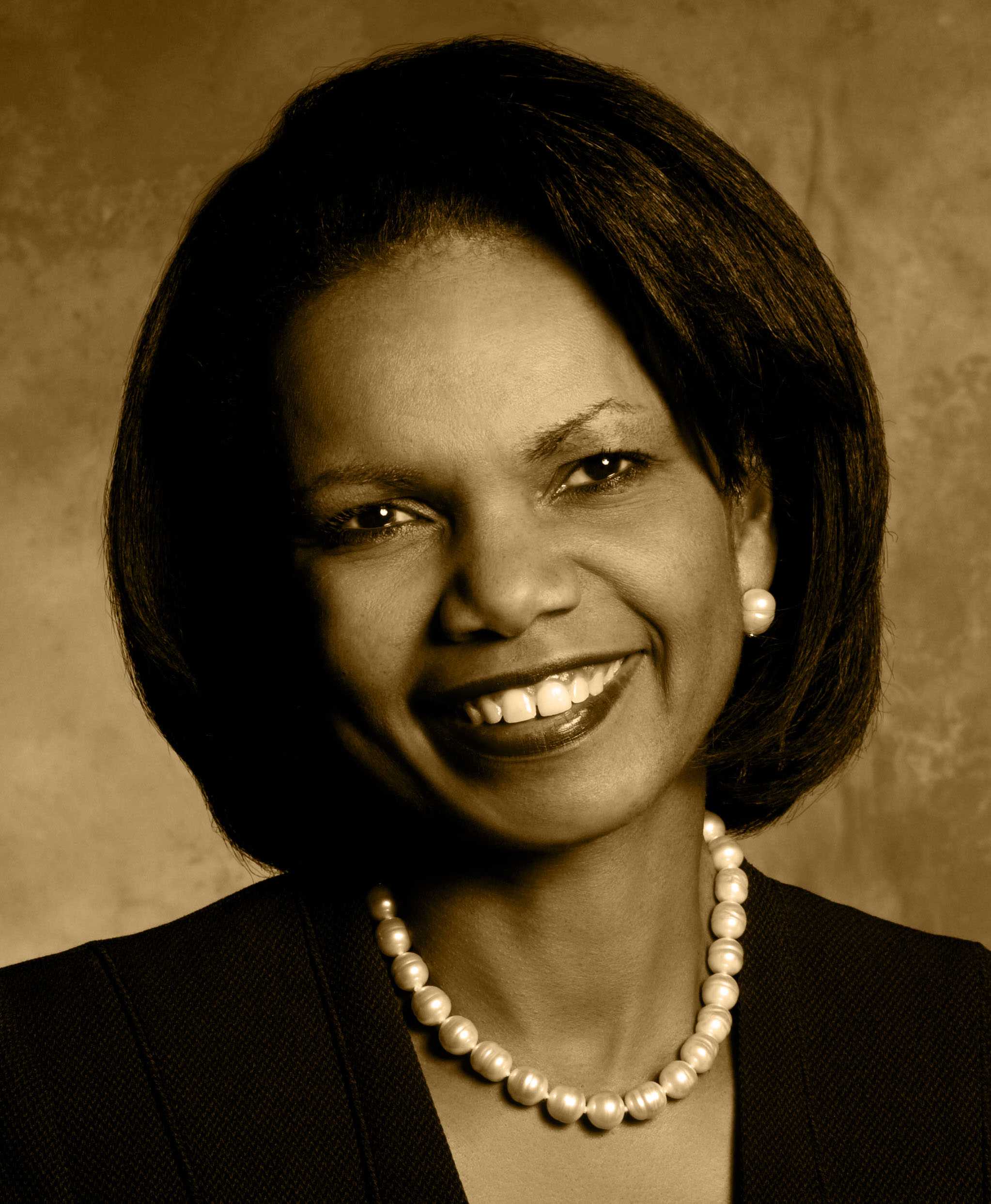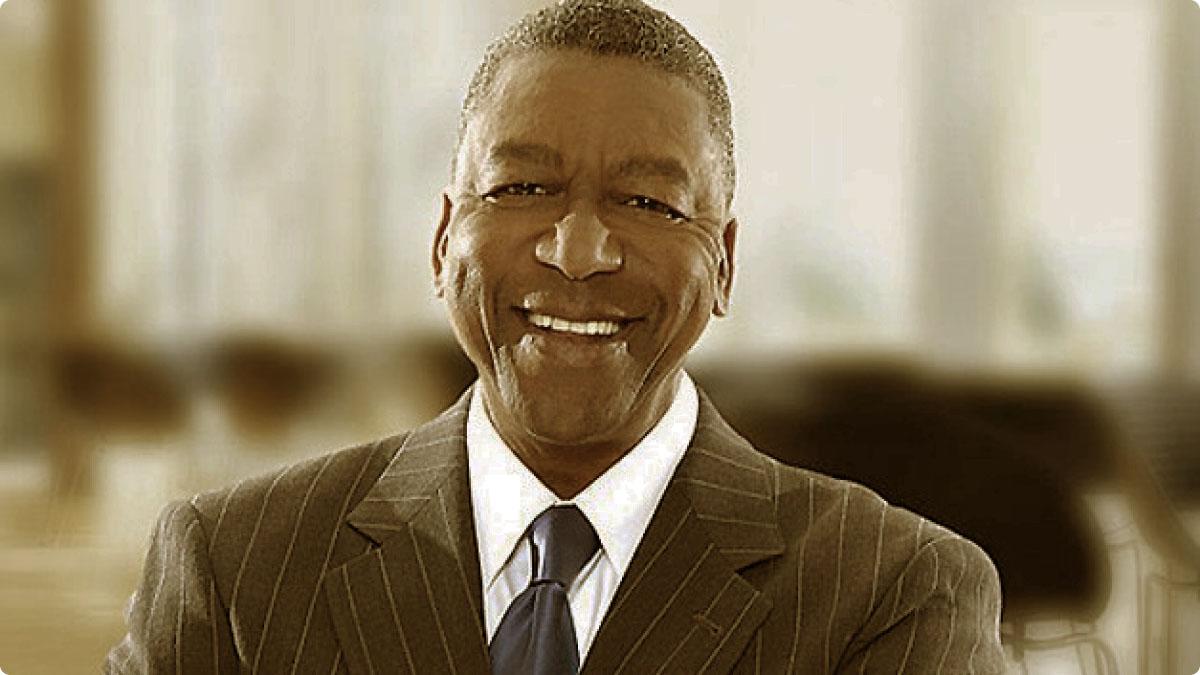Forgotten heroes who changed the world

Born as Malcolm Michaels Jr., drag queen Marsha P. Johnson became an activist for victims of AIDs and the LGBT community. She was an active participant in the Stonewall Riots and was one of the first to resist police when they began arresting people from the transgender community. Unacknowledged for her efforts to bring equality to LGBTs, Johnson’s activism is finally receiving the recognition it deserves.

Matthew Henson was the first African American to explore the Arctic, discovering the North Pole with Robert Peary in 1909. Although most of Peary’s teams abandoned the mission, Henson faithfully remained. He wrote an autobiographical account of the expedition, “A Negro Explorer at the North Pole,” published in 1912. He accompanied Peary on a total of seven voyages.

Octavius Catto fought to desegregate sports in the 1800s, forming one of the first black baseball clubs in the US, now known as the Philadelphia Giants. He preceded Rosa Parks by defying laws banning blacks from riding in street cars. Catto was assassinated on Election Day for defending universal suffrage against White Democrats. Yet, Catto remains a martyr to racism to this day.

Frederick McKinley Jones was a self-taught mechanic. During World War I, he helped fix equipment, built radio station transmitters, and created a device that com- bined sound and picture. However, Jones is more known for his invention of the automatic refrigeration system in 1935 that was vital during World War II. This system was used in transferring blood, food, and other supplies to soldiers.

Jackie Ormes, with the heart of an activist and the mind of an artist, became the first African American professional newspaper cartoonist. Her com- ics, including “Patty Jo ‘n’ Ginger” and “Torchy Brown in ‘Dixie to Harlem’,” served as a platform to criticize racial injustice in the 1950s. With her unparalled fashion sense, She also coordinated fashion shows after her turn as a cartoonist.

Paving the way for African women in politics, Condoleezza Rice was the 66th Secretary of State of the United States as the first African American woman to serve under that title. Rice also became the first woman to work as President Bush’s Assistant for National Security Affairs. She has 11 honorary doctorates and is currently a professor at Stanford Graduate School of Business.

Crispus Attucks was the first person killed in the Boston Massacre, leading to a riot known as Bloody Sunday. He was a leading activist who voiced the colo- nists’ discontent with the British. As the first casualty of the Revolutionary War, Attucks is considered an American martyr, propelling the country to finally declare its independence and become the country we know today.

Robert L. Johnson is the founder of Black Entertainment Network (BET). BET was the first cable network targeted to the African American community. The BET Awards are an awards show targeted to blacks that the network created in 2001 to celebrate black excellence in music, acting, sports, and various fields of entertainment. Johnson is also recognized as the country’s first African-American billionaire.

Viola Davis is an actress who has provided many opportunities for future blacks actresses. She had her film breakthrough in 2008 with her supporting role in “Doubt” and later in “The Help,” earning several nominations. Breaking records, Davis became the first African-American woman to win five Screen Actor Guild (SAG) Awards and be nominated for three Academy Awards–a major accomplishment.

Laverne Cox is an American LGBT advocate and Emmy-nominated actress. Cox is known for her role as Sophia Burset on the Netflix series “Orange is the New Black,” representing transgenders and African Americans on the show. She is the first transgenders to be featured on the cover of Time magazine and have a wax figure of herself at Madame Tussauds.

George Crum, a head chef at Cary Moon’s Lake House, created one of the most popular snacks. One day, Crum wanted intended to make french fries, but a guest complained that they were too thick. Annoyed, he made another batch and cut the potatoes extremely thin. After deep frying the potatoes and adding salt, Crum unexpectedly created the potato chip.

Lewis Latimer worked at the U.S. Electric Lighting C o m p a n y . People usually credit Thomas Edison for the invention of the lightbulb, but in 1881, Latimer patented a carbonfilament for the incandescent light bulb.This invention helped make electric lighting practical and affordable for most average households in the country.

Garrett Morgan was a hero and a renowned inventor. Morgan valiantly rescued a group of workers trapped inside a tunnel 50 feet beneath Lake Erie in 1966. In order to reach them, Morgan fashioned a crude hood with tubes, allowing him to breathe clean air while below ground. This situation inspired him to invent the first gas mask that was used in the coming World War.

In 2013, Cheryl Boone Isaacs became the first African American President of the Academy of Motion Picture Art and Sciences, a member of the Oscars staff since 1988. Her career in the film began in 1977 as the staff publicist for the movie “Close Encounters of the Third Kind.” She promoted movies such as “Forrest Gump” and “Ghost.”

Marie Van Brittan Brown paved the way for future home surveillance systems by creating a closed-circuit television security system in 1966. In her invention, four peepholes and a remote-controlled camera slid up and down to see outside. A monitor was connected to the camera that displayed video feed, reminiscent of modern-day security systems.

Throughout Thurgood Marshall’s life, he continued the relentless fight against segregation and broke countless racial boundaries. As a lawyer, he had various achievements, in which he defended African Americans in court and helped them gain rights in education that exist today. He continued with law and later became an associate justice for the Supreme Court of the United States.

American sociologist, historian, author, and civil rights activist W.E.B. Du Bois founded the first monthly magazine tailored for black children entitled “The Brown-
ies’ Book.” As a co-founder of the National Association for the Advancement of Colored People (NAACP), he argued for the advancement of blacks and published 19 books centered around African American culture.

John Baxter Taylor Jr. became the first African American to win gold in the 1908 London Olympics within the mens medley relay. Although Taylor died just months after his success at the Games, his accomplishment provided hope and motivation for African American athletes and inspired people of color to chase their dreams.

Dr. Charles Richard Drew was a surgeon and medical researcher who discovered how to store blood in large quantities, leading to the creation of the first blood banks during World War II.Along with saving lives, he was a man of firsts; he was the first African American examiner on the American Board of Surgery and the first to graduate from Columbia University with a doctorate in medicine.

Langston Hughes began to write poetry in high school. After graduating, he attended Columbia University in New York City and finished his college education at Lincoln University. In 1924, he wrote his first poetry book, “The Weary Blues,” and continued his success as a modern-day author and innovator of jazz poetry for the rest of his life. He later became a leader of the Harlem Renaissance.

Civil rights leader Harold K. Brown made an astonishing breakthrough for African Americans at San Diego State University. Brown started the first all black fraternity, Kappa Alpha Psi. He continued to work with SDSU to provide many opportunities for African Americans through programs like the Congress of Racial Equality

